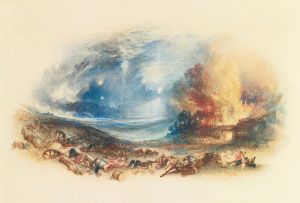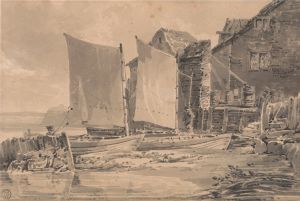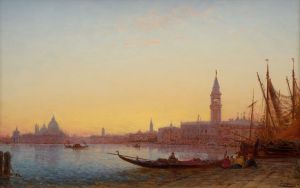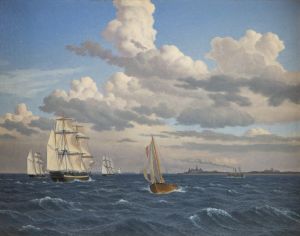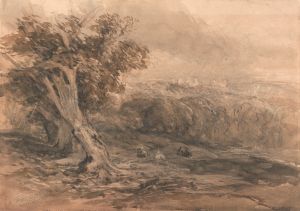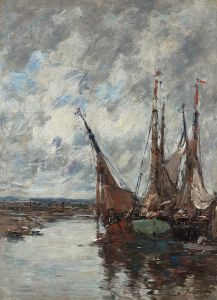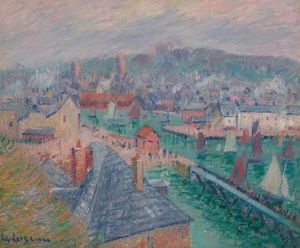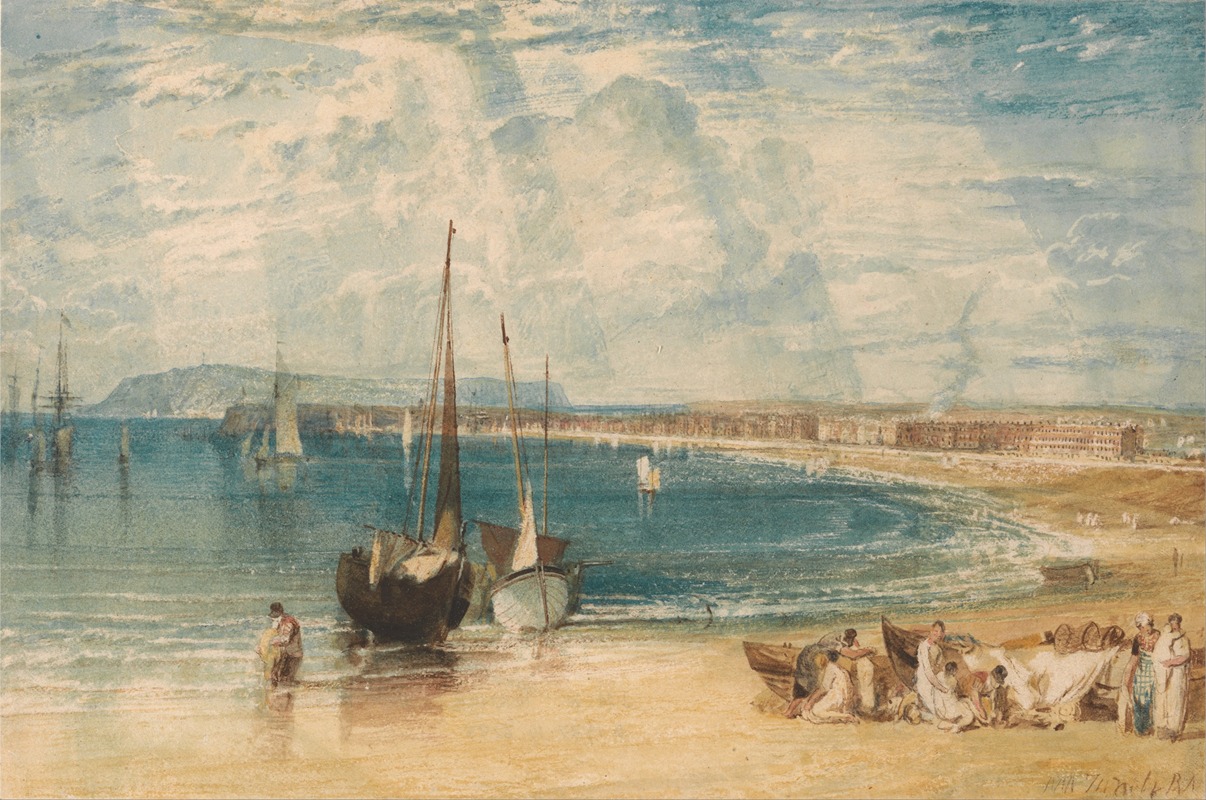
Weymouth
A hand-painted replica of Joseph Mallord William Turner’s masterpiece Weymouth, meticulously crafted by professional artists to capture the true essence of the original. Each piece is created with museum-quality canvas and rare mineral pigments, carefully painted by experienced artists with delicate brushstrokes and rich, layered colors to perfectly recreate the texture of the original artwork. Unlike machine-printed reproductions, this hand-painted version brings the painting to life, infused with the artist’s emotions and skill in every stroke. Whether for personal collection or home decoration, it instantly elevates the artistic atmosphere of any space.
Joseph Mallord William Turner, one of the most renowned British landscape painters of the 19th century, created numerous works that captured the natural beauty and atmospheric effects of various locations. Among his extensive body of work is the painting titled Weymouth. This piece reflects Turner's characteristic mastery of light, color, and mood, which were hallmarks of his artistic style.
Weymouth depicts the coastal town of Weymouth, located in Dorset, England. During Turner's time, Weymouth was a popular seaside resort, known for its picturesque scenery and its association with King George III, who frequently visited the area. Turner's painting captures the essence of the town's maritime charm, with its expansive views of the sea and sky, as well as the bustling activity of the harbor. The work is believed to have been inspired by Turner's travels along the southern coast of England, where he often sketched and painted scenes of the coastline.
As with many of Turner's works, Weymouth demonstrates his innovative use of light and atmosphere. The painting features a dynamic interplay of colors, with soft hues blending to create a sense of movement and depth. Turner's ability to convey the changing effects of weather and light is evident in this piece, as he skillfully portrays the interaction between the sea, sky, and land.
The exact date of the painting's creation is not definitively documented, but it is generally attributed to the early 19th century, a period when Turner was actively exploring and depicting coastal landscapes. The medium used for Weymouth is watercolor, a technique Turner frequently employed to achieve delicate and luminous effects. His use of watercolor allowed him to experiment with transparency and layering, which are evident in the subtle gradations of tone in this work.
Weymouth is part of a larger collection of Turner's works that celebrate the natural beauty of England's coastline. These paintings and sketches not only showcase Turner's artistic talent but also reflect his deep appreciation for the natural world. Today, Turner's works, including Weymouth, are highly regarded for their contribution to the Romantic movement in art and their influence on subsequent generations of artists.
The painting is housed in the collection of the Tate, a major repository of Turner's works. It remains an important example of his ability to capture the sublime and transient qualities of nature, solidifying his reputation as one of Britain's greatest landscape painters.





